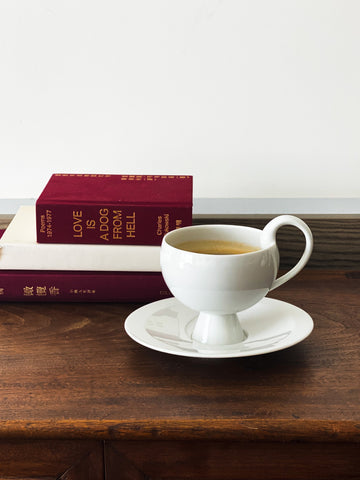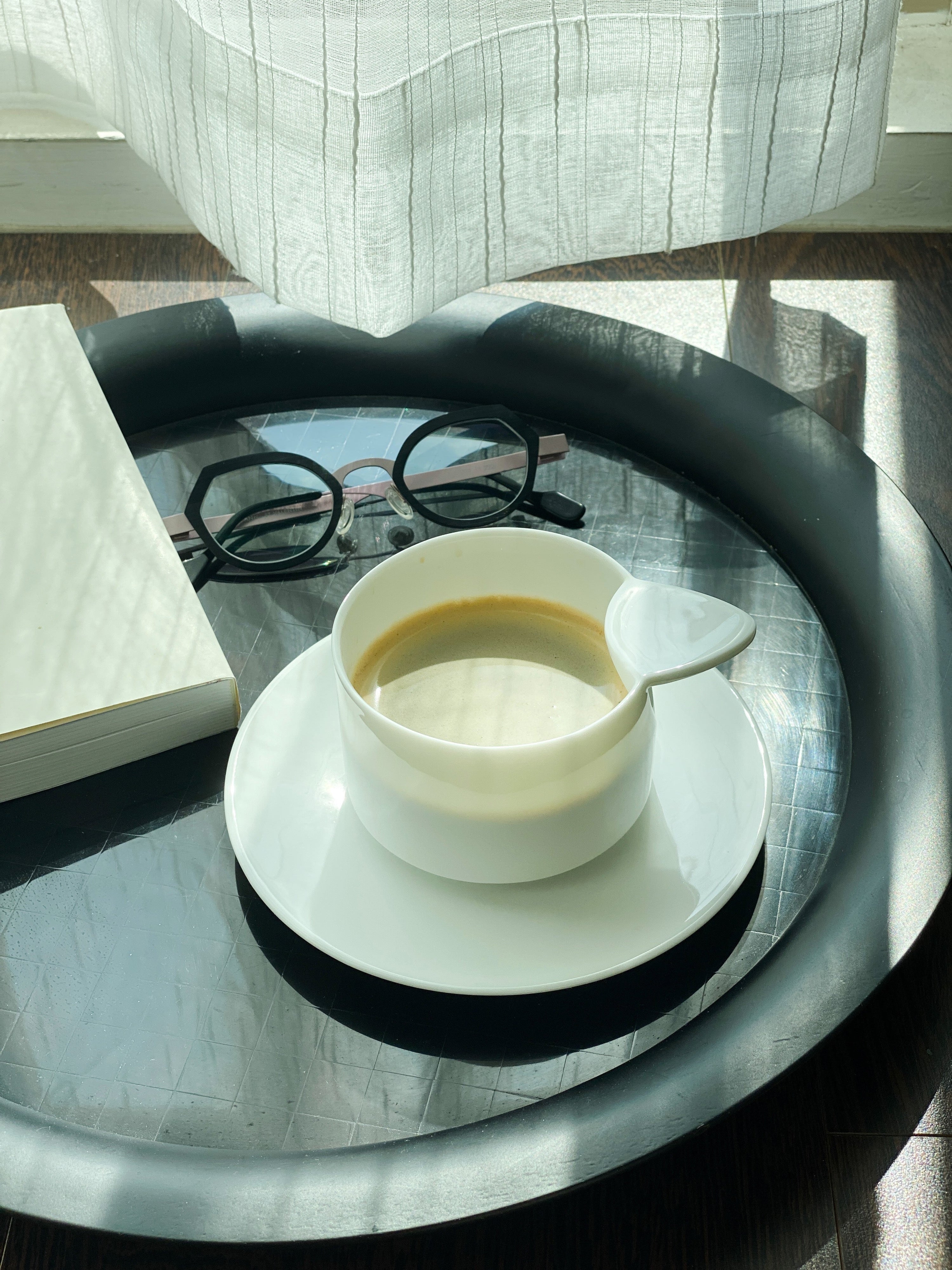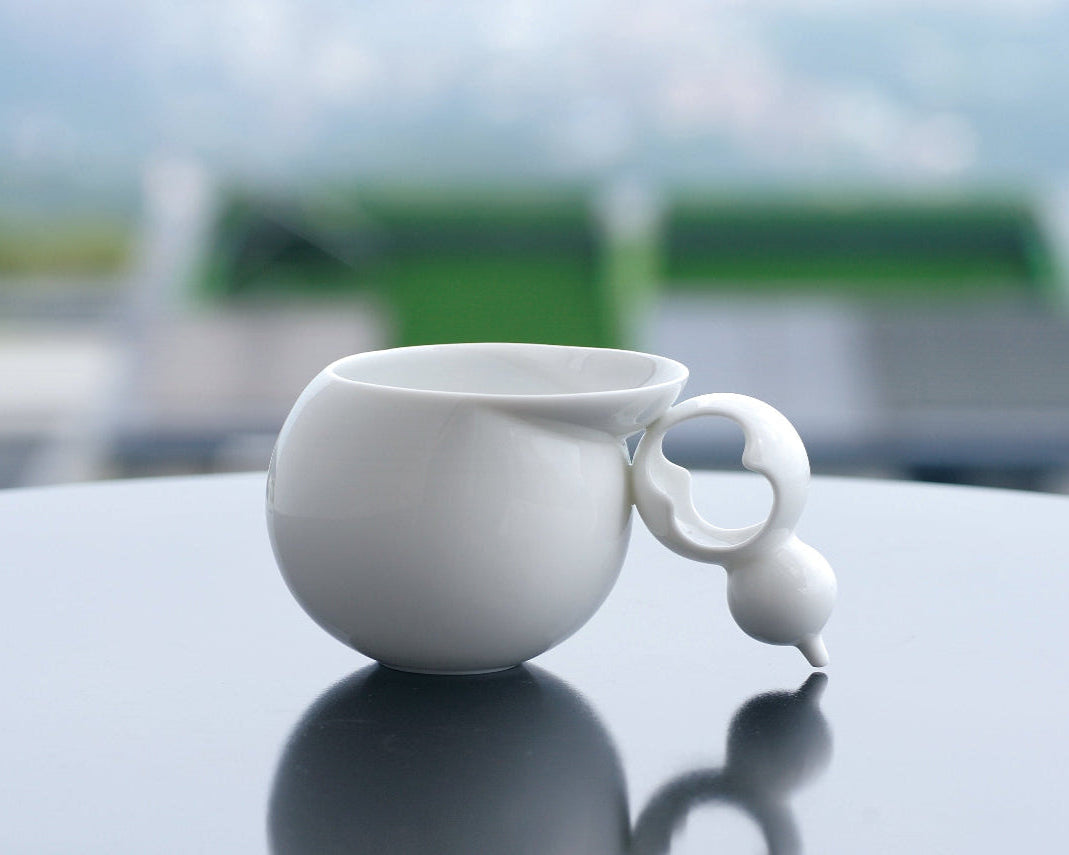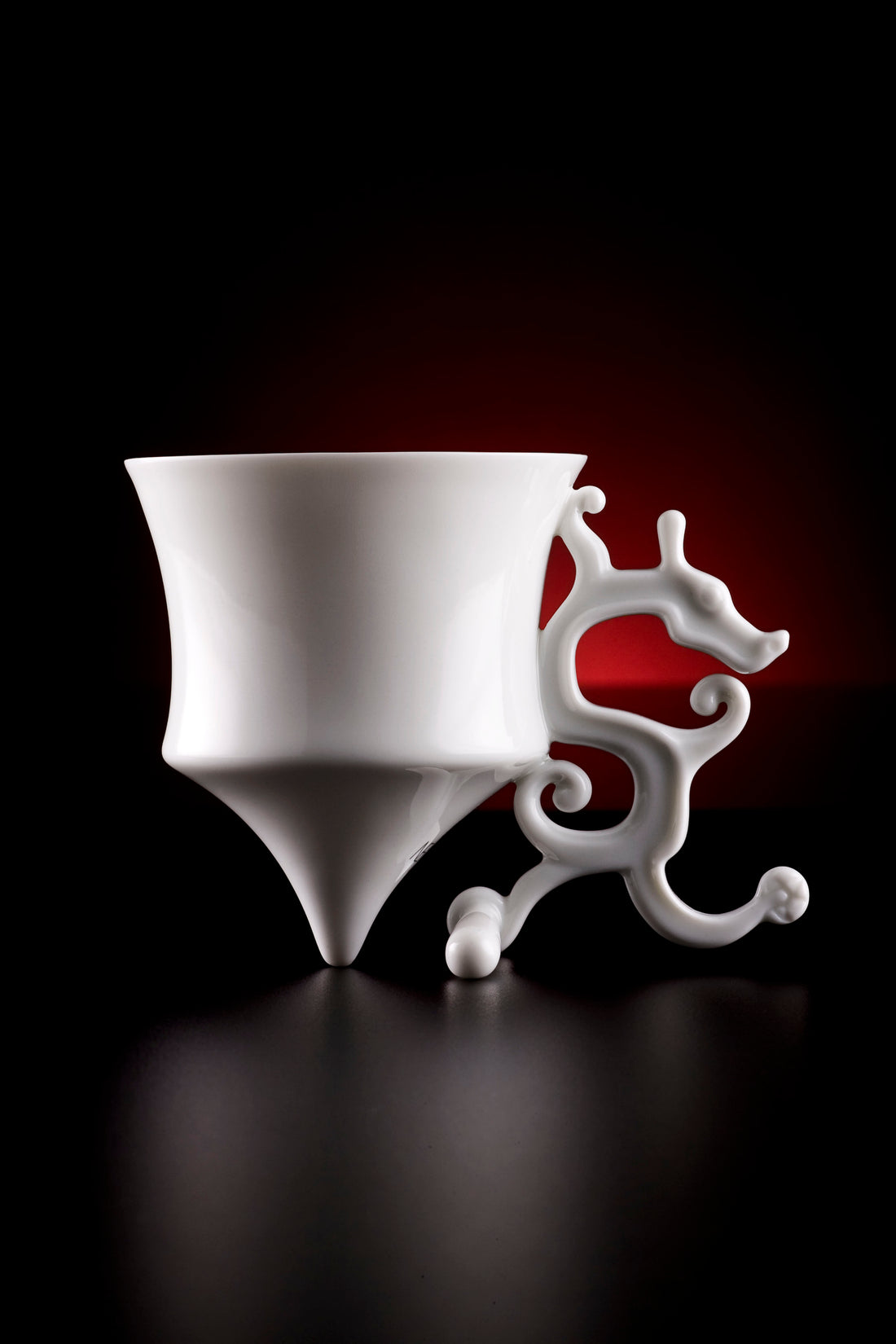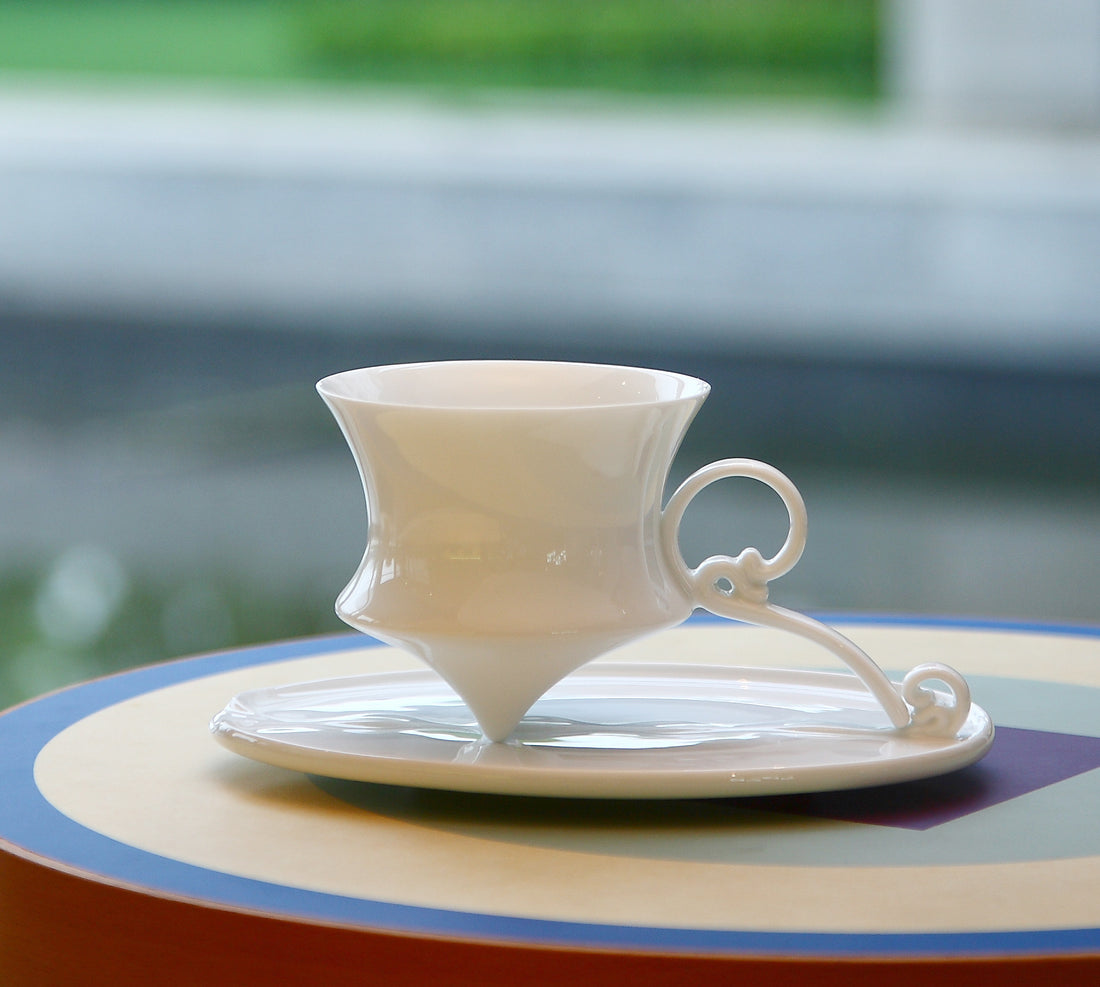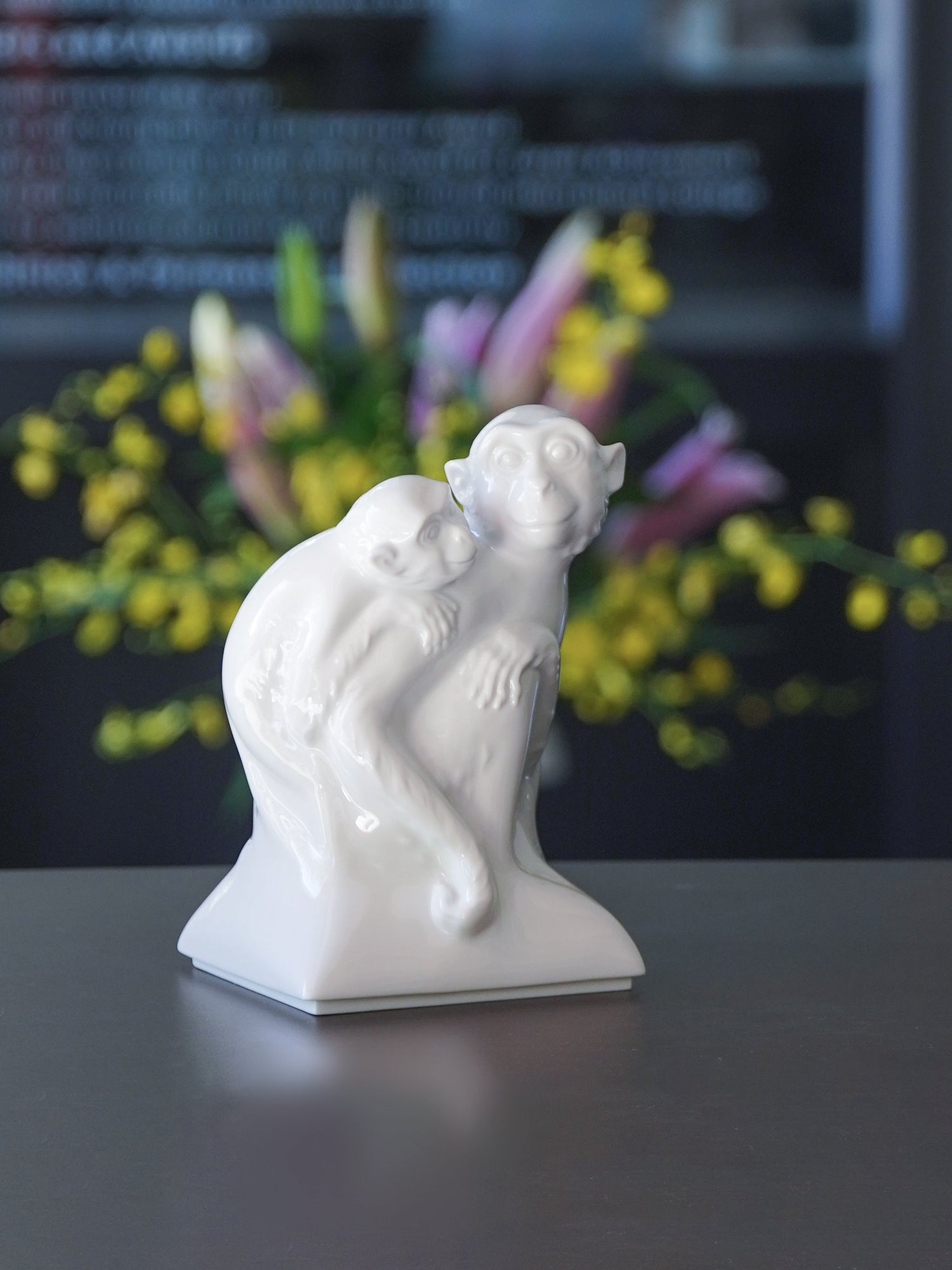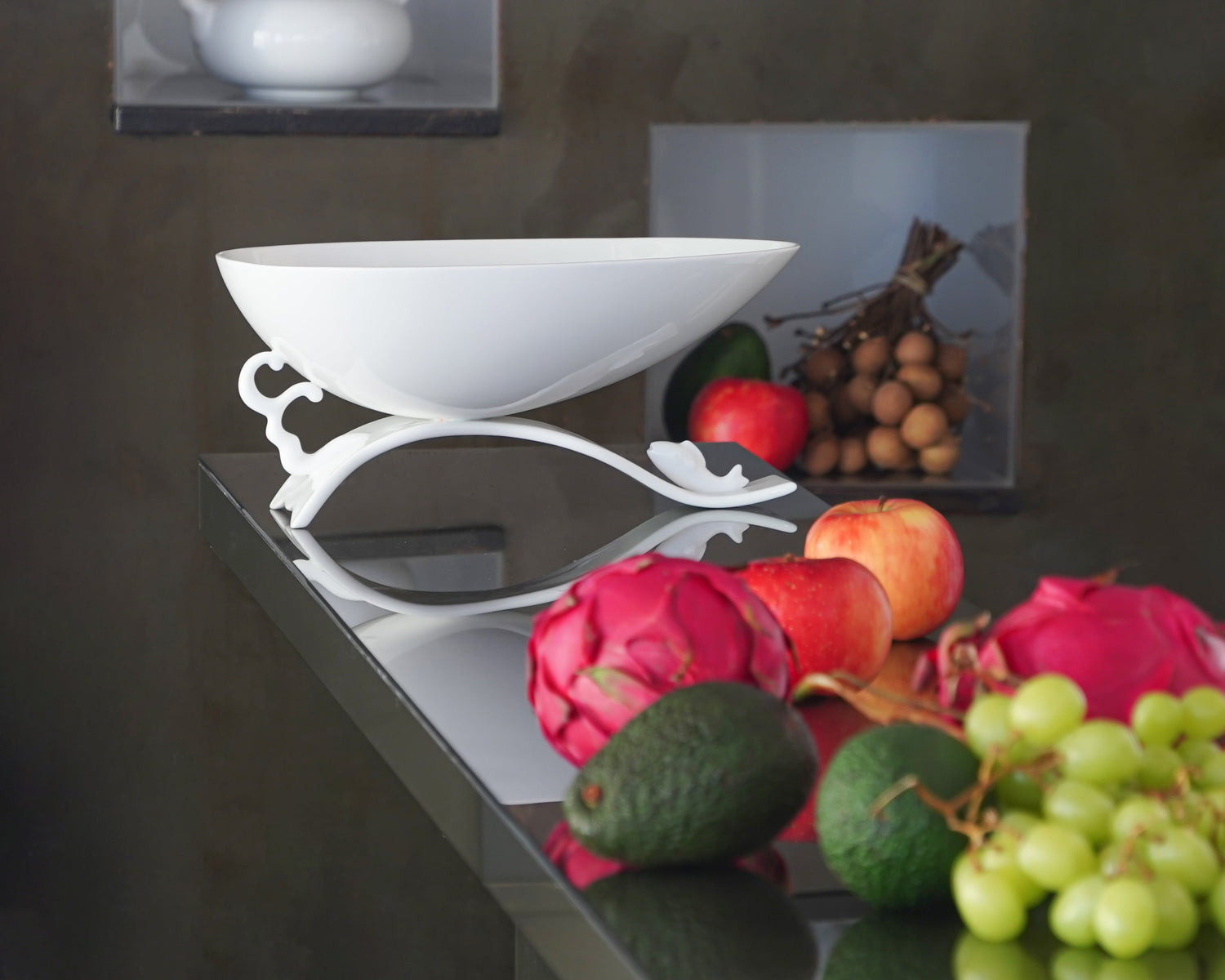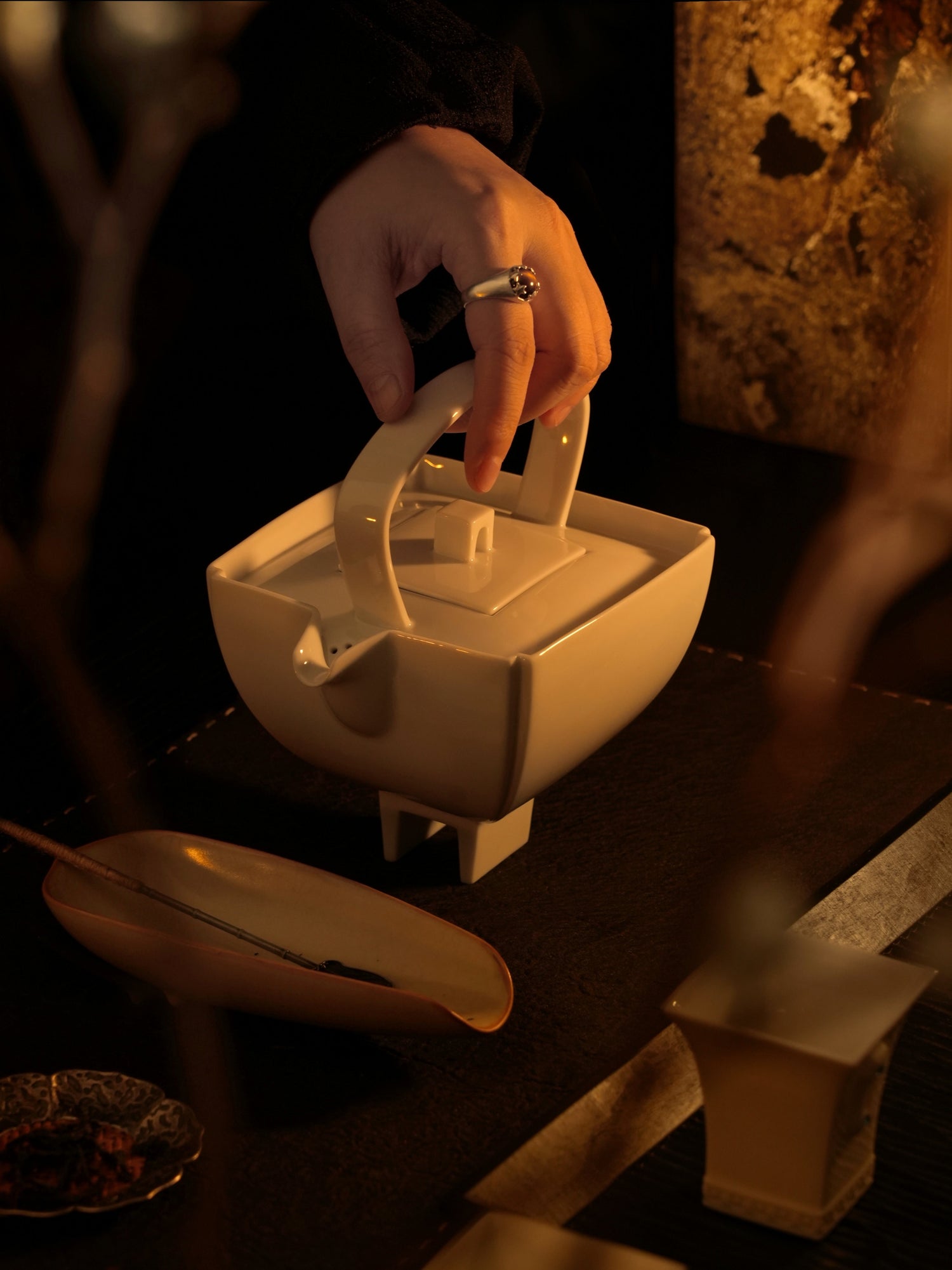By Heinrich Wang
From Moments of Aesthetic Living, published by Daden Culture
Afternoon tea in my hometown carried memories gilded in gold.
Around three or four in the afternoon, the enamel kettle on the stove would begin to hiss, puffing out clouds of steam. Inside, crushed and dry-roasted coffee beans slowly released their rich aroma. My mother would prepare handmade pastries, cookies, or slices of toasted bread. We had a habit: the charred surface of the toast would be carefully scraped away with a sharp knife, then slathered with a generous layer of butter and sprinkled with coarse sugar crystals.
By then, the coffee—unfiltered—was poured into enamel cups. Half the cup held translucent, amber liquid; the other half, thick with coffee grounds. One sip paired with that slightly burnt, yet buttery and sweet bread—it was an earthly perfection. The grounds clung faintly to the throat, leaving behind a bitterness that deepened the experience.
This ritual drew our family together each day, just before dusk, as golden sunlight slipped in through the side door.
Sometimes, after finishing our own coffee, I’d run out the back door to the neighbor’s café. It was a narrow, simple space—but always packed during afternoon tea hour. Most customers were Chinese expatriates in their forties or fifties. During off hours, the shop was quiet. But come tea time, it filled with chatter and the dense heat of coffee aroma.
The café owner—a neighbor from our same hometown—would sometimes spot me among the crowd and, when he wasn’t too busy, invite me to sit among the grown-ups. He’d bring over a cup of coffee and two slices of bread. In that humble, noisy place, I’d gaze at the steam rising from every cup, the air thick with stories and voices. I was captivated by the atmosphere—layered and alive—just like the crunch of sugar crystals melting into warm toast.
Years later, after installing my porcelain work Phoenix Reborn from Fire in Awaji Island, Japan, Mr. Hiroki Suzuki’s assistant took me to a locally famous café. The line outside stretched long, and the interior was cramped with tiny wooden tables and chairs. Customers drank quickly and left. Coffee was a bodily necessity, not a daily ritual of reflection.
But then I saw a very different kind of café near Zenyōji Station in Tokyo. The walls were covered with countless coffee cups. A few well-worn books on the philosophy of bitterness sat on the bar. It felt as solemn as a courtroom. The owner, with quiet observation, would select your cup based on your clothing and demeanor.
It reminded me of a friend of mine, a coffee lover who once told me—after meticulous research—that the perfect brewing temperature was exactly 80°C. Not a degree more, not a degree less.
Yet as coffee-making becomes ever more standardized and scientific, I still long for that childhood enamel kettle on the stove—coffee brewed over firewood, with a touch of sourness and a carefree spirit.
When we lived in Yonghe, my father, a true coffee connoisseur, would often travel to a shop on Wenlin North Road to buy freshly ground beans from South America. He would warm the kettle and water, then brew coffee into a golden warmth, gently rising in fragrant steam. A spoonful of condensed milk stirred in—slowly savored.
And most importantly, one cup was enough.
Because it’s only coffee that doesn’t ask for a second cup…
that leaves behind the most enduring aroma.
